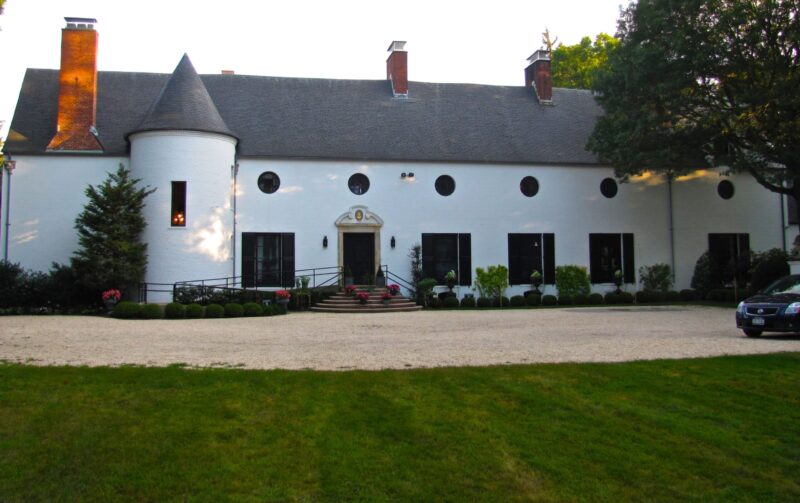I still remember the first time I set foot on the grounds of Chelsea Mansion, also known as the Benjamin Moore Estate.
As I walked through its ornate gates, a sense of wonder washed over me. The air seemed to hum with stories of the past, and I felt an immediate connection to this place. Why, you ask? Because every brick, every window, and every pathway of this mansion seemed to whisper tales of bygone eras.
My fascination with Chelsea Mansion began that day, and it has only grown stronger with time. Through this article, I want to share with you the magic of this historic estate, its significance, and the many stories it holds within its walls. Join me as we journey through time, exploring the rich tapestry of Chelsea Mansion’s past.
A Storied Past
Walking up to Chelsea Mansion, I was immediately struck by its architectural beauty. Constructed between 1923 and 1924, the mansion seamlessly blends Chinese and French Renaissance styles.
The “U” shaped structure, with its two and a half stories, stands as a testament to the era’s architectural prowess. The steeply pitched roof, the four prominent chimneys, and the brick tourelle with its conical roof caught my attention right away.
| Feature | Description |
| Architectural Style | A mix of Chinese and French Renaissance |
| Key Architectural Elements | “U” shaped structure, hipped and gable roofs, brick tourelle with a conical roof |
| Year of Construction | 1923-1924 |
The mansion owes its design to William Adams Delano, a renowned architect of his time. But beyond its architectural significance, the mansion held stories of its original owners – Benjamin Moore and Alexandra Emery. Their vision was evident in every detail, reflecting the elegance of the era.
Early Ownership and Notable Residents
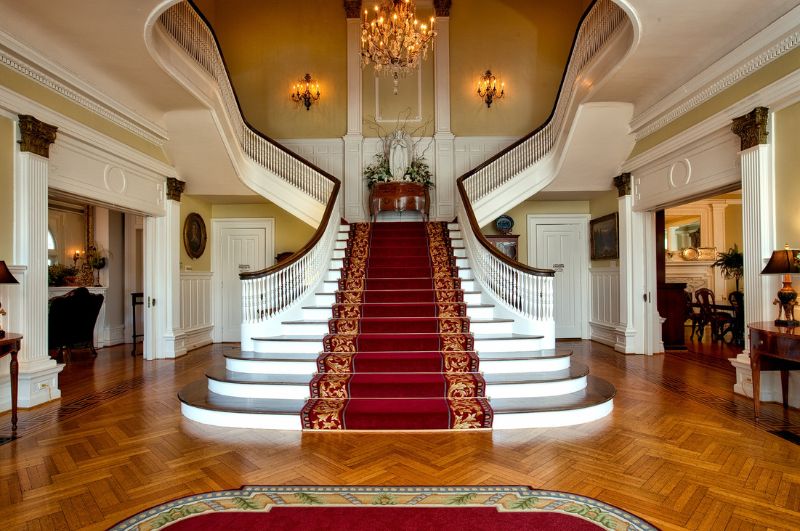
Exploring the mansion, I became curious about its early residents. Benjamin Moore, along with Alexandra Emery, were the visionaries behind this grand estate. Their influence is palpable in every room and corridor.
| Area | Description |
| Formal Garden | A beautifully landscaped space |
| Gatehouse | The welcoming point of the estate |
| Conservatory | A space dedicated to plants and greenery |
| Octagonal Gazebo | A unique structure within the grounds |
Over the years, Chelsea Mansion has been home to various notable figures. Each resident, in their own way, contributed to the mansion’s legacy, adding personal touches and ensuring it remained relevant through changing times. Their stories are woven into the very fabric of Chelsea Mansion, making it a living piece of history.
Role in Local History
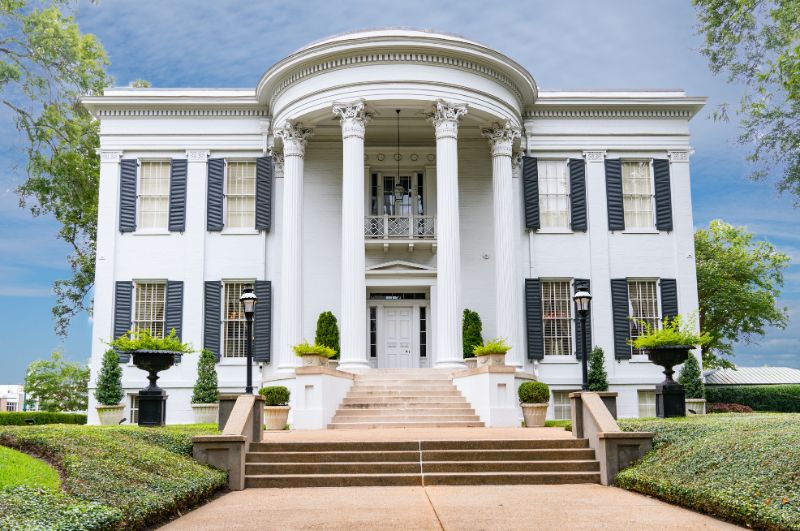
Over the years, Chelsea Mansion played a pivotal role in the local community. The estate, with its sprawling 33 acres, has been a hub for various events, gatherings, and moments that have shaped the region’s history. The picturesque roadways, the formal garden, and the large open lawns have seen countless gatherings, from intimate soirées to grand celebrations.
Its influence extends beyond its gates. Its presence has undoubtedly contributed to the development of the surrounding area, making it a landmark not just for its architectural beauty but also for its significance in local history.
Restoration and Preservation
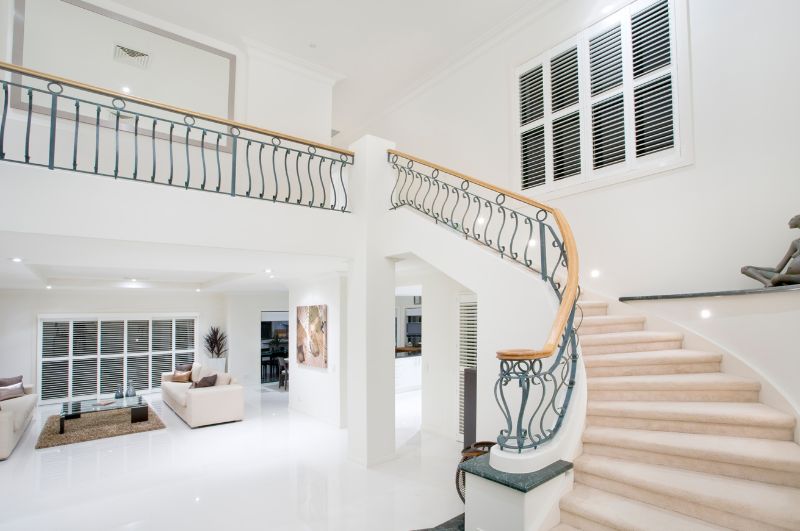
Time, while adding to the mansion’s history, also brings with it the need for restoration and preservation. Over the decades, efforts have been made to ensure Chelsea Mansion retains its original charm while accommodating modern necessities. Collaborations with historical societies and preservation organizations have been instrumental in this regard.
The challenges in maintaining its historical integrity have been many, but the passion and dedication of those involved in its preservation have ensured that Chelsea Mansion remains a beacon of history and culture for generations to come.
Chelsea Mansion Today
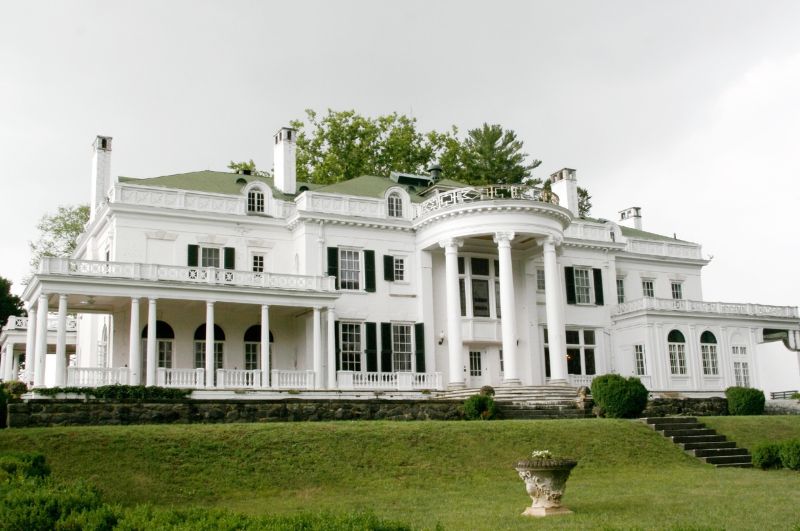
Today, it stands as a beacon of history and elegance in Muttontown, Nassau County, New York. While its walls have seen the passage of time, the mansion remains as grand and inviting as ever. The 33-acre estate, with its formal garden, gatehouse, picturesque roadways, and large open lawns, continues to attract visitors from near and far. The conservatory, with its collection of plants, and the unique octagonal gazebo are just a few of the spots that captivate the hearts of those who visit.
The mansion’s current use goes beyond being a mere residence. It serves as a testament to the vision of Benjamin Moore and Alexandra Emery, and to the architectural brilliance of William Adams Delano. Public access to the mansion offers visitors a chance to step back in time, to experience its history firsthand, and to appreciate the blend of Chinese and French Renaissance styles that make it unique.
Cultural and Artistic Significance
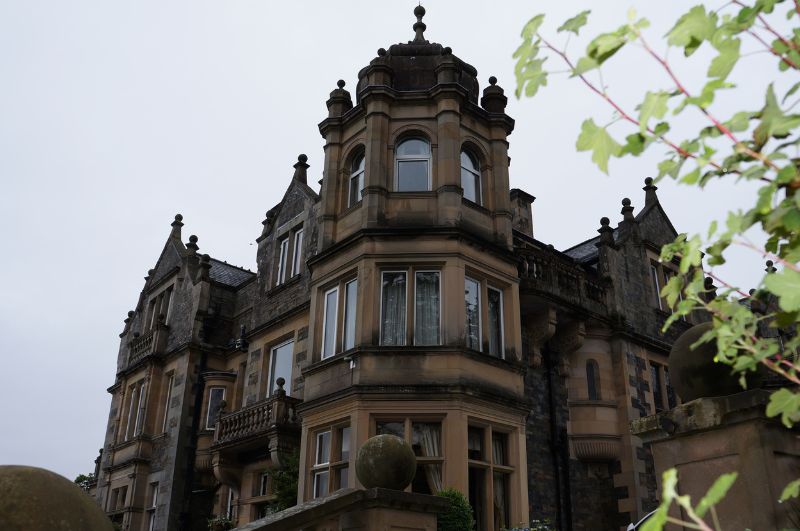
Beyond its architectural beauty, Chelsea Mansion holds a special place in the realm of art and culture. Over the years, it has been associated with various cultural events and artistic endeavors. The mansion’s influence on the local arts community is undeniable. Its halls and rooms have likely echoed with the sounds of music, the strokes of paintbrushes, and the eloquent words of poets and writers.
While the specific artists or performers associated with Chelsea Mansion would require further exploration, it’s clear that the mansion has played a significant role in promoting and preserving the arts. Its legacy in this regard is as enduring as its bricks and mortar.
FAQ
Can Chelsea Mansion be booked for private events?
Yes, it is available for private events. They also offer Glatt Kosher options with Regal Caterers.
Is there a specific inspiration behind the architecture of Chelsea Mansion?
The Moores, during their honeymoon in 1921, were inspired by a farm manor they saw while cruising the upper Yangtze River in China. This manor had a large terrace and a stark white, black-trimmed facade reflected in the adjacent water. They aimed to recreate this vision at Chelsea Mansion.
Who were the original owners of Chelsea Mansion?
It was built by Mr. and Mrs. Benjamin Moore in 1924. Benjamin Moore was the great, great-grandson of the author Clement Clarke Moore, known for the poem “A Visit from St. Nicholas” or “T’was the Night Before Christmas.”
What is the significance of the Sert Gallery in Chelsea Mansion?
The Sert Gallery features an 85-foot mural painted in oil over white gold. This mural was created in 1926 by Jose Maria Sert, a renowned muralist for King Alfonso XIII of Spain.
Conclusion
As I reflect on my journey through Chelsea Mansion, I’m reminded of its enduring importance in the community. From its storied past to its significance in the arts, the mansion stands as a testament to the vision of its founders and the dedication of those who have worked to preserve its legacy.
It’s more than just a building; it’s a living piece of history that continues to inspire and captivate. I hope that as you’ve walked with me through its halls and gardens, you too have come to appreciate the magic and wonder of Chelsea Mansion.
